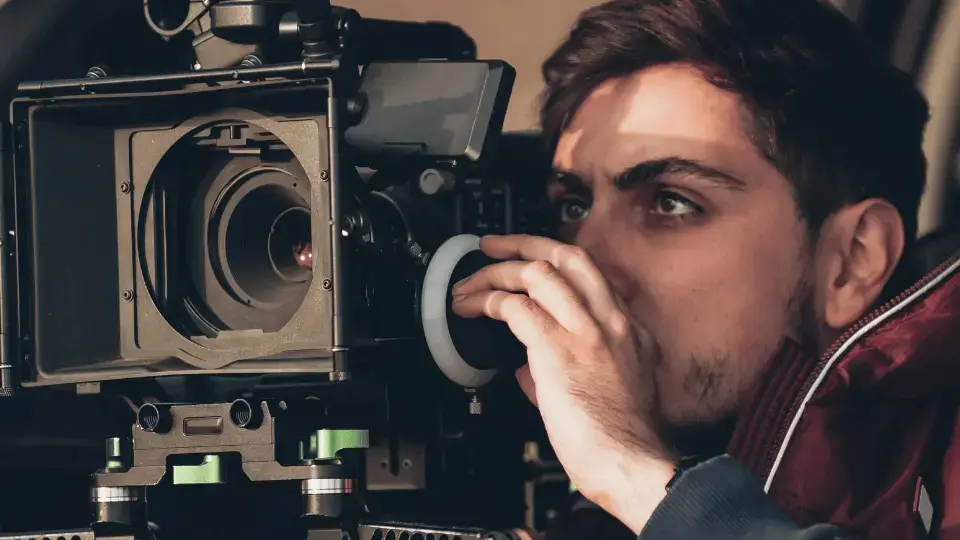Master the Art of Rear Window Cinematography for a Successful Filmmaking Path
Rear window cinematography is a technique used in filmmaking that involves placing the camera outside of a window to capture the view from inside a room. This technique was popularized in the 1954 Alfred Hitchcock film “Rear Window” and has since become a staple in the filmmaking industry. In this article, we will delve into the art of rear window cinematography and how it can be used to create visually stunning and emotionally powerful films.
History of Rear Window Cinematography
The technique of rear window cinematography was first used in the 1930s in German Expressionist films such as “M” and “Metropolis”. However, it was not until Alfred Hitchcock’s “Rear Window” in 1954 that the technique gained widespread recognition and popularity.
In “Rear Window”, the main character is confined to a wheelchair and spends his days watching his neighbors through his rear window. Hitchcock used this technique to create a voyeuristic feeling for the audience, as if they too were watching the neighbors alongside the protagonist.
Since then, rear window cinematography has been used in countless films to create a similar sense of voyeurism or to capture the beauty of a particular location from the perspective of someone looking out a window.
How Rear Window Cinematography Works
To achieve the effect of rear window cinematography, the camera is typically placed outside of a window and pointed towards the interior of a room. This allows the camera to capture the view from inside the room, while also incorporating the window frame as a framing device.
The camera can be placed on a tripod or a specialized rig that is designed to hold the camera securely outside of the window. In some cases, the camera may be mounted on a crane to allow for more dynamic movement.
One of the challenges of rear window cinematography is lighting. The camera is typically pointed towards a bright exterior, which can cause the interior of the room to appear dark in comparison. To combat this, filmmakers may use a variety of lighting techniques, such as placing lights inside the room or using reflectors to bounce light back into the room.
Examples of Rear Window Cinematography in Film
Rear window cinematography has been used in countless films to create a variety of effects. Here are a few examples:
- In “Do the Right Thing” (1989), director Spike Lee uses rear window cinematography to capture the bustling street life of Brooklyn from the perspective of a pizzeria.
- In “Goodfellas” (1990), director Martin Scorsese uses rear window cinematography to capture the suburban life of mobster Henry Hill.
- In “Moonlight” (2016), director Barry Jenkins uses rear window cinematography to capture the beauty of Miami from the perspective of the film’s protagonist.
Overall, rear window cinematography can be used to create a sense of intimacy or distance between the audience and the characters on screen. It can also be used to capture the beauty of a particular location or to create a sense of voyeurism for the audience.
Key Takeaways
- Rear window cinematography is a technique used in filmmaking that involves placing the camera outside of a window to capture the view from inside a room.
- The technique was popularized in the 1954 Alfred Hitchcock film “Rear Window” and has since become a staple in the filmmaking industry.
- To achieve the effect of rear window cinematography, the camera is typically placed outside of a window and pointed towards the interior of a room.
- Rear window cinematography can be used to create a sense of intimacy or distance between the audience and the characters on screen, as well as to capture the beauty of a particular location.
If you are interested in pursuing a career in the film industry, consider taking the NYU Film and TV Industry Essentials online course and certificate program. This program covers a wide range of topics related to the film and television industry, including cinematography, screenwriting, and producing. With this program, you can gain the knowledge and skills you need to succeed in this exciting and competitive field.








